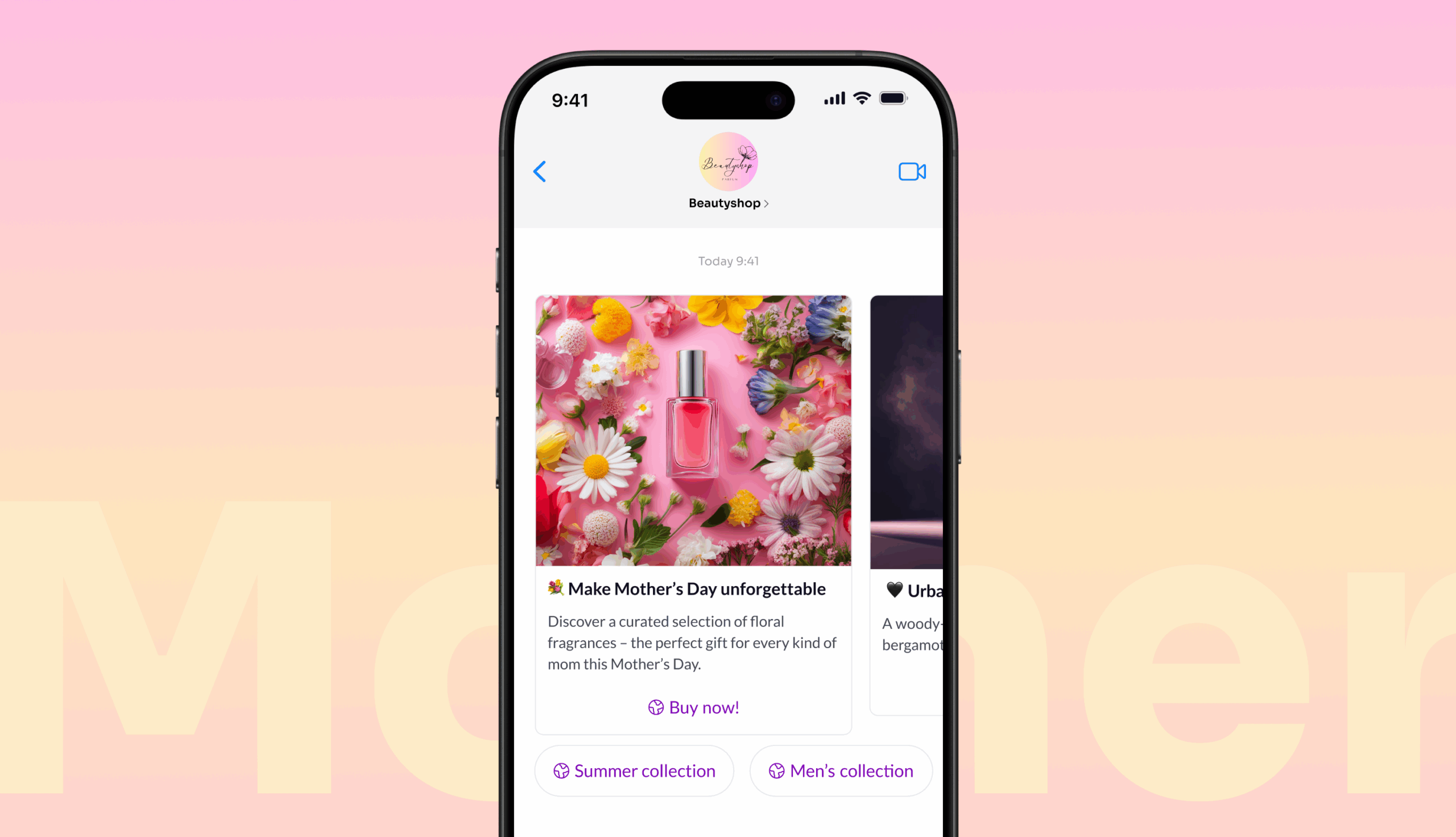Today, customer segmentation is an indispensable tool for companies looking to optimize their marketing strategies and improve the customer experience. By understanding and analyzing different customer segments, businesses can create more personalized and effective campaigns that lead to higher conversion rates and increased customer loyalty. But what exactly is customer segmentation and how can you best use this tool? Let’s dive into the topic and explore its different aspects.
What is a customer segment?
A customer segment is a group of customers who share similar characteristics, needs or behaviors. Customer segmentation involves dividing a broad customer base into smaller, more manageable groups based on specific criteria such as demographics, behavior, geographical location or psychological factors. By identifying and understanding these segments, companies can tailor their marketing efforts to better meet the unique needs and wants of each segment.

How do you identify customer segments?
Identifying customer segments can be done through different methods and techniques. Here are some steps to help you get started:
Data collection: Collect data about your customers from various sources such as purchase data, website analytics, social media and customer surveys.
Data analysis: Analyze the collected data to identify patterns and trends. Use tools like Rule to gain deeper insights into your customers’ behaviors and preferences.
Segmentation: Divide your customers into different segments based on identified patterns and trends. It can be helpful to use a customer segmentation model such as RFM (Recency, Frequency, Monetary) analysis or behavioral segmentation.
Evaluation and adjustment: Evaluate the results of your segmentation and adjust if necessary.
Customer behavior and market conditions are constantly changing, so it is important to regularly update your segments.
Example of customer segmentation
To give a better understanding of how customer segmentation works in practice, let’s look at some examples:
More channels, more opportunities
- Demographic segmentation: Dividing customers based on age, gender, income, education, etc. For example, a clothing company can create different campaigns for young people and older adults based on their specific fashion preferences.
- Geographical segmentation: Segmentation based on the geographical location of customers. A company selling winter clothing can target its campaigns to regions with cold climates.
Behavioral segmentation: Dividing customers based on their behaviors, such as buying habits, product usage or engagement with the company. An example could be sending special offers to loyal customers who frequently buy your products.
Why is customer segmentation important?
Customer segmentation is crucial for several reasons: - Personalization: By understanding different customer segments, businesses can create more relevant and personalized marketing campaigns. This leads to higher engagement and better customer experience.
- Efficiency: Segmentation allows companies to focus their resources on the most profitable customer groups. This increases the effectiveness of marketing efforts and reduces waste.
- Competitive advantage: Companies that use customer segmentation have a better chance of standing out in the market and attracting more customers than their competitors.

Create your own customer segments and measure results
Creating your own customer segments is a continuous process that requires regular analysis and adjustment. Here are some tips to get you started:
- Use tools like Rule: Rule offers advanced segmentation tools to help you identify and analyze your customer segments effectively.
- Test and measure: Create different segments and test your marketing campaigns on these groups. Measure the results to see which segments respond best and adjust your strategies accordingly.
- Update regularly: The market and customer behaviors are constantly changing. Make sure to regularly update your segments to stay relevant and effective.
By using customer segmentation, you can improve your marketing strategy and build stronger relationships with your customers. Rule offers the tools and insights you need to get started with customer segmentation and maximize your marketing potential. Start today and see how the right segmentation can take your business to the next level.





